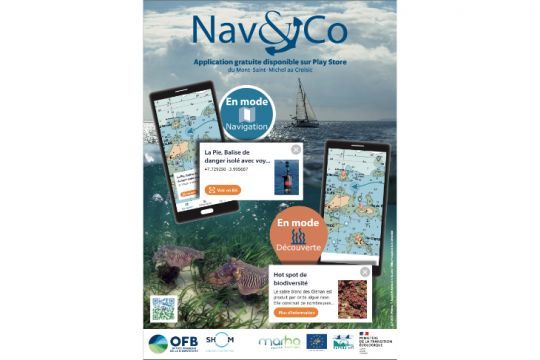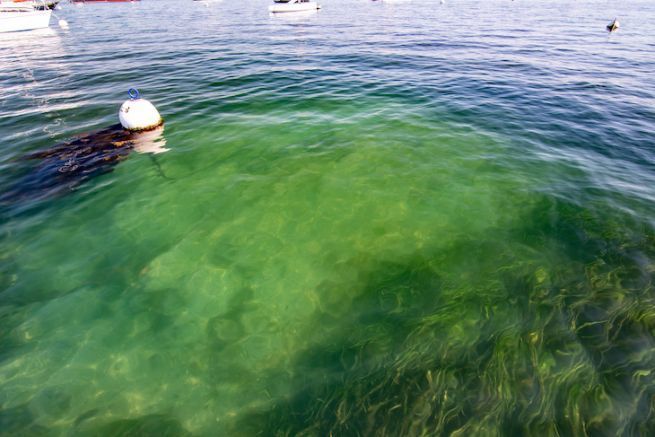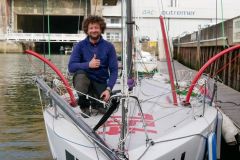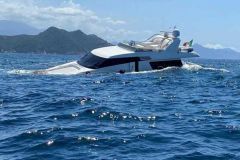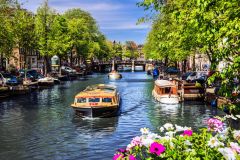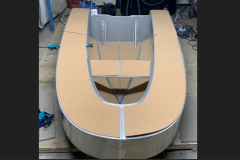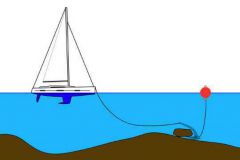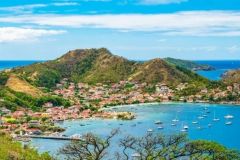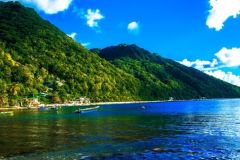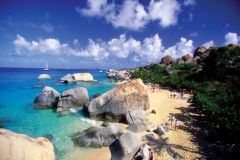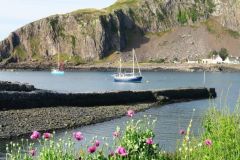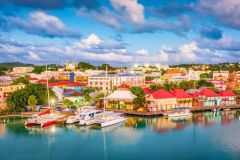What is a Natura 2000euro area?
The Gulf of Morbihan Regional Nature Park was created in 2014 to preserve the environment while supporting human activities. It is also a Marine Protected Area and a Natura 2000 Zone.
"Natura 2000 is a European-wide network of sites classified according to two directives, birds and habitats, terrestrial and marine. In this case, in the Gulf of Morbihan, more than 70% are marine habitats on the maritime space and the coastal strip" explains Anne Boulet, in charge of the Natura 2000 mission.
There are sites of major interest, either for birds, or for habitats, or for these two directives. This is the case of the Gulf of Morbihan.
"Our goal is to preserve habitats and species while maintaining activities in the area. It's different from a reserve or a nature park core. We are in line with the goals of the regional nature park, which are to reconcile activities and diversity." continues Anne.
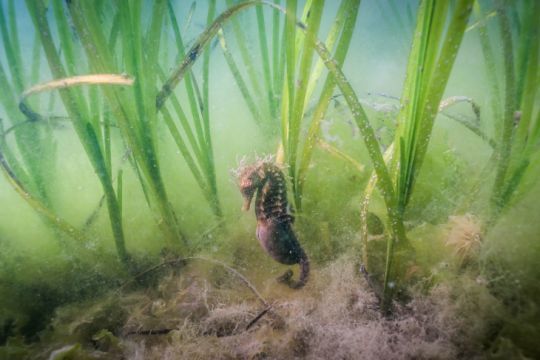
Protecting eelgrass beds
The Gulf of Morbihan attracts each year more than 2 million tourists and many boaters who come to enjoy the dozens of islands and islets by anchoring their boats. The problem is that the seabed is home to eelgrass beds, which are devastated by these moorings and the scraping of chains on the seabed. The Gulf of Morbihan has the second largest eelgrass bed in France after the Arcachon basin.
Eelgrass is not an algae, but a flowering plant that forms grass beds. It is also a marine life zone for many species and stabilizes the seabed with its roots and participates in the oxygenation of the water.
"The eelgrass bed is not protected, unlike the Posidonia. Anchoring is authorized, but strongly discouraged, because it destroys this habitat. There is a very strong biodiversity and therefore a very strong role for the gulf. Foot fishing is forbidden in the eelgrass beds. It is mainly found in areas sheltered from the swell and wind, so in places suitable for anchoring. We have therefore developed good practices to maintain the presence on the gulf while preserving the eelgrass." says Anne.
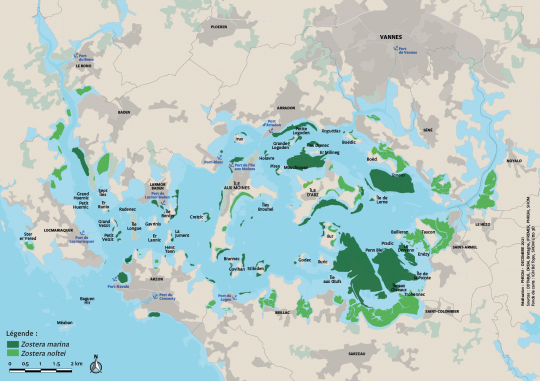
Find innovative mooring solutions
7000 boat places are available in the Gulf, mostly individual and traditional moorings, consisting of a block, a chain and with a large radius of 60 to 80 m 2 on average.
To mitigate this destruction, the Gulf of Morbihan is working on mooring solutions with less impact.
"A textile rope will replace the chain and support the same constraints. It will no longer rag the seagrass, but only pass over it without damaging it and allow it to grow back. We have been experimenting with this solution since 2016 and we are going to finance the conversion of 250 to 300 existing moorings into innovative moorings. It's an affordable technical solution, which is rather rare in biodiversity." explains Anne.
The case of anchorages is more problematic. There are many areas with sea grass beds and there is no anchoring technique that does not impact the sea grass.
"The anchor is going to settle in the sediment and by removing it, we are going to pull out the roots of the meadow. There are techniques that allow less damage to the seagrass bed, but they are not really effective: putting an anchor at the plumb line or pulling the anchor at the plumb line or coming at the plumb line of the anchor. It still has an impact on the herbarium." says Anne.
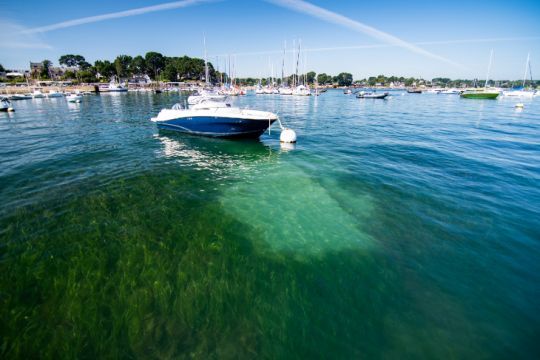
Raising awareness among Gulf boaters
Every summer, the Gulf carries out a real awareness campaign among boaters, asking them to avoid areas where there are eelgrass beds. It also distributes a booklet of good practices by activity (fishing, kayaking, boating, scuba diving) which also contains a map of the distribution of eelgrass beds.
"We approach about 300 boaters per year, but there are many people in the Gulf. We focus on the sea grass beds to make them known, to give their location and the good practices to preserve them. Hence the seagrass map. We protect these habitats in the best possible way, in particular by favoring fixed anchorages. In the Gulf, there is a lot of current, mud and you can't see the bottom because the water is turbid. It is an additional difficulty to know where to anchor. Especially since there are no visitor anchorages out of the 7,000 moorings and they are managed by the different communes. It is difficult to know who to contact" continues Anne.
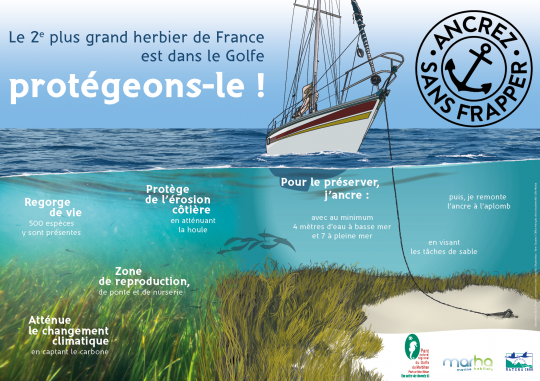
Check the position of the herbaria on a free application
To go even further in this approach, the Gulf of Morbihan has developed a partnership with the free Nav&Co application, available on Android and soon on Apple.
"In association with the OFB (Office Français de la Biodiversité) and the Shom for the background maps, the application offers both free marine maps from Mont-Saint-Michel to Croisic, but also a lot of information on the environment (bird nesting sites, habitats of the Gulf). The application will be extended throughout France and will offer next year a complete and updated cartography of the seagrass beds. It is a practical tool for boaters", concludes Anne Boulet.
In summary, friends boaters, wherever you sail, prefer to anchor in areas without sea grass to protect marine biodiversity. Before sailing, prepare your program and inform yourself about the areas to avoid.
